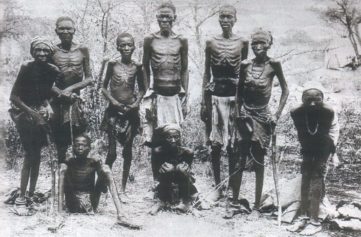The big drop in new HIV infections in Africa calls for celebration. However, advocacy groups are warning that it is too soon to proclaim total victory.
Africa Renewal Online reports on the fight to defeat the AIDS pandemic and highlights the hurdles on the way.
Africa is pulling out all the stops in its race to curb the AIDS pandemic by 2015, a deadline set by U.N. member states. From making anti-retroviral drug therapy (ART) readily available to the masses, to increasing consistent, correct condom use and voluntary medical male circumcision, everything has been tried and tested. And these efforts are paying off, according to the latest report of the Joint U.N. Program on HIV/AIDS (UNAIDS).
Africa has cut AIDS-related deaths by one-third in the past six years, the report says. Even countries with the highest HIV prevalence in the world have seen the number of new HIV infections decline dramatically.
Malawi has witnessed a 73 per cent drop in new HIV infections. Botswana, Namibia, Zambia and Zimbabwe follow. South Africa managed to reduce new infections by 41 per cent. Even Swaziland – the country with the highest HIV prevalence in the world – saw new HIV infections drop by 37 per cent. Meanwhile, in other regions of Africa, Ghana topped the list, followed by Burkina Faso and Djibouti.
Leaders in Africa have been funneling money into their national AIDS programs. Last year alone, South Africa invested $1.9 billion from public sources for its national AIDS response. Kenya doubled its domestic investments for AIDS between 2008 and 2010, and Togo did the same between 2007 and 2010. International assistance has also been stable, with 26 of 33 countries in sub-Saharan Africa relying on donor support for their domestic programs.
The scaled-up response has been most effective in boosting the number of people on ART treatment and reducing the number of children born with HIV. Six African countries (Burundi, Kenya, Namibia, South Africa, Togo and Zambia) saw a 40 per cent reduction in the number of children who had been newly infected by the virus between 2009 and 2011. “It is becoming evident that achieving zero new HIV infections in children is possible,” says Michel Sidibé, the UNAIDS executive director. “I am excited that far fewer babies are being born with HIV. We are moving from despair to hope.”
Source: South Sudan News Agency


